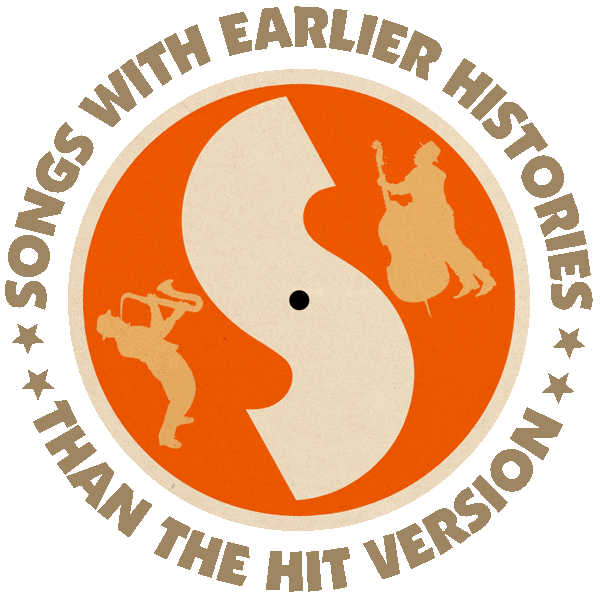First recorded by A.A. Gray (1924).
Also recorded by Crockett’s Kentucky Mountaineers (1927), William Hamilton Stepp (1937).
Hit versions by Pee Wee King & His Golden Western Cowboys (C&W #10 1949), Kay Starr (US #4 1950), Billy Grammer (US #50 1959), Glen Campbell (C&W #3/CAN #1 1974).
From the wiki: “‘Bonaparte’s Retreat’ is the name of two related songs. The original was a wordless melody that existed as various fiddle tunes dating back to at least the late 19th century and probably well before that. In 1950, American country music artist Pee Wee King recorded a modified version of the song, with lyrics added. The song has become associated with American old-time and bluegrass music, and is considered to be a staple in the traditional American songbook. The title originates from Napoleon Bonaparte’s famous retreat from Russia in 1812, and the song is believed to have first been written in the aftermath of that event.
“Fiddler A. A. Gray recorded the song in 1924. In 1937, American ethnomusicologist Alan Lomax, while traveling through Kentucky, recorded violinist William Hamilton Stepp playing ‘Bonaparte’s Retreat’. This recording was inducted in 2016 into the Library of Congress’s National Recording Registry.

